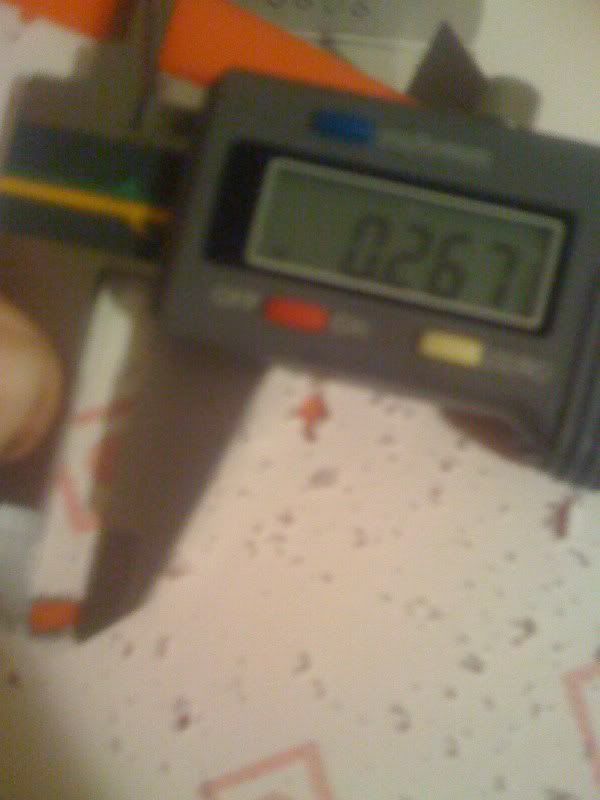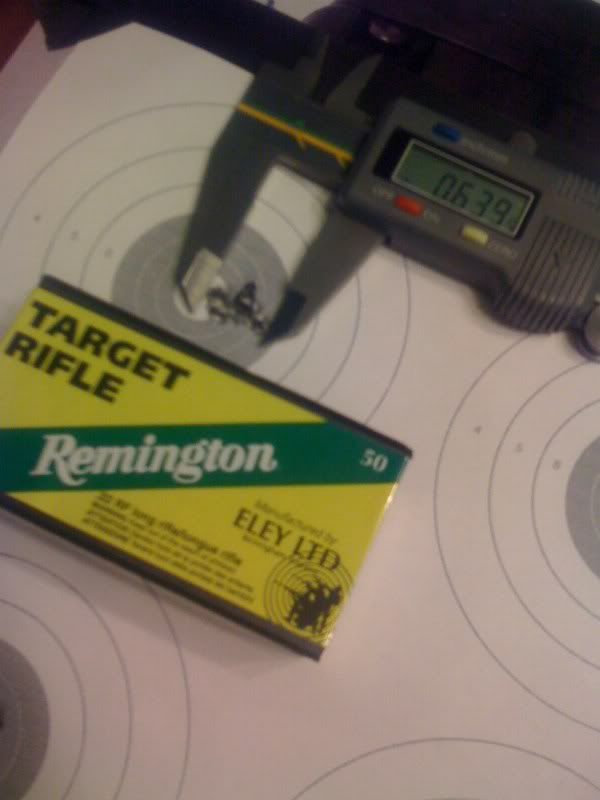D
derek casey
Guest
what is a exceptable 25 yard group size? my suhl is producing .25 and .26 out side edge to outside edge consistantly. what would you consider a exceptable 25 yard group from outside edge to outside edge?
at 25 yds your looking at 1/4" groups and it would relate to 1/2" at 50 yds. .
Okay, somebody tell me what I’m missing here.
.25” (Edge to Edge) – .223” (Bullet Diameter) = .027”(C to C) @ 25yds
----------------------------------------------.054”(C to C) @ 50yds (Assumption)
Even if you decrease the bullet diameter for the type of paper used, aren’t we looking at potential world record groups? I’m not a math professor, so someone “Clue me in” to what I’ve done wrong.





